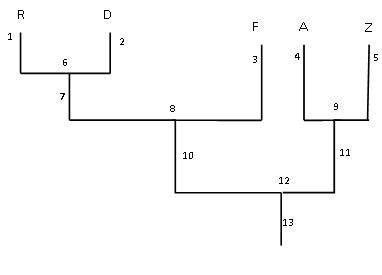You are interested in developing an inhibitor for the estrogen receptor. You have identified a molecule that is small and hydrophilic. In a test tube, this inhibitor binds tightly to the estrogen receptor and inhibits the interaction of the receptor with estrogen. Do you think that this molecule will be an effective inhibitor of the estrogen receptor in cells?
A. Yes, because it is small.
B. No, because it will need to bind to the DNA-binding domain to act as an inhibitor.
C. No, because it is hydrophilic.
D. Yes, because it can prevent estrogen binding.
Answer: C
You might also like to view...
What prevents knot formation in replicating DNA?
a. protosomes b. topoisomerases c. scaffolding proteins d. chromatin e. histones
Within an erythrocyte, the conversion of CO2 to bicarbonate is prevented from reaching equilibrium by the
A) temperature of the body. B) absence of a nucleus. C) presence of oxygen. D) efflux of bicarbonate from the erythrocyte via the chloride shift. E) presence of hydrogen ions.
 The common ancestor that produced the most evolutionary recent derived characters is
The common ancestor that produced the most evolutionary recent derived characters is
A. 12 B. 8 C. 9 D. 6
What is a pandemic?
A) a widespread disease outbreak in a particular region during a specific time frame B) isolated infections in a particular population C) an infection where the host does not have signs or symptoms D) an infection routinely detected in a population or region E) a widespread disease outbreak that spreads to numerous countries during a specific time frame